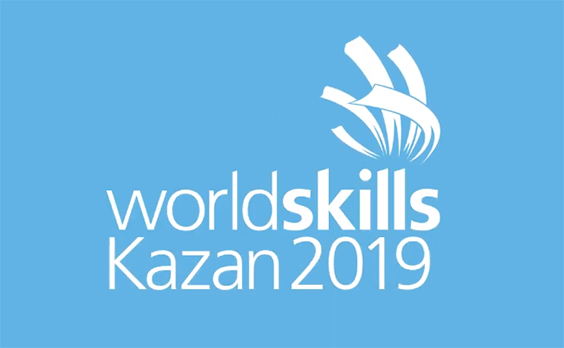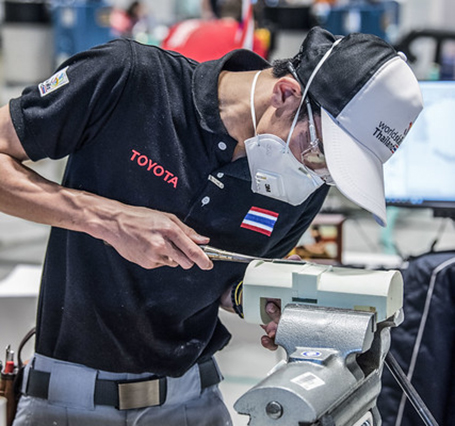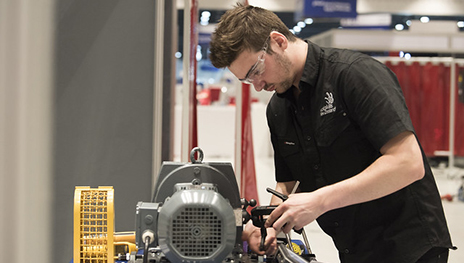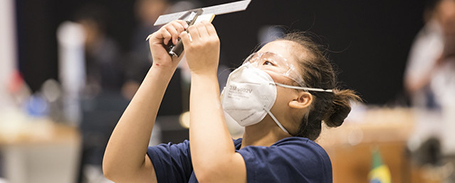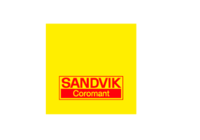Prototype Modelling
Prototype modellers create prototypes that allow engineers and designers to test, assess, and modify during the process of product development. Prototypes allow testing of function and performance of products in the real world, and even determine if customers want to buy them.
Prototyping specialists must have excellent interpersonal and communication skills which will provide clients with confidence that the specialist advice and guidance resulting from prototyping fully supports their production plans. Prototyping modellers possess a wide range of skills, including 3D CAD systems, CAM systems such as milling, printing, vacuum casting, working with machine and hand tools, as well as spray painting and finishing. Professionals in this area use their knowledge, skills, and experience to tailor the prototype according to the specific unknowns present in the intended design.
Employment of prototype modellers is expected to increase in the years to come. Consumer demand for new products and new product styles will sustain the demand for qualified professionals in this area.
Competitors and results

Aidar Mineev
728
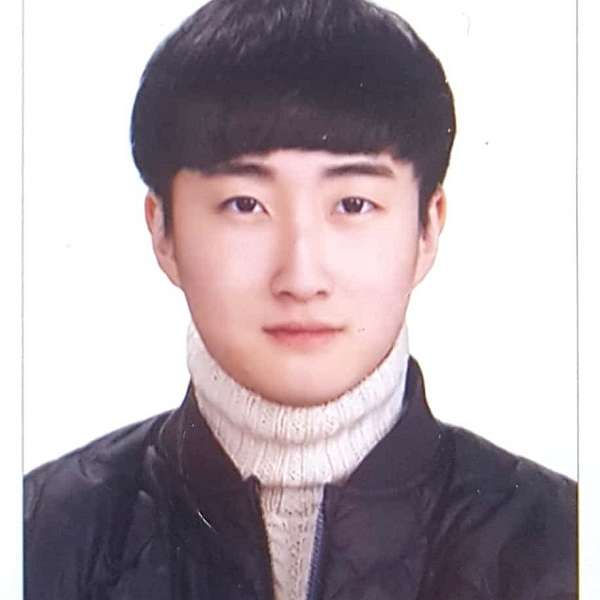
Minseok Kim
721

Miumi Matsuzoe
717







